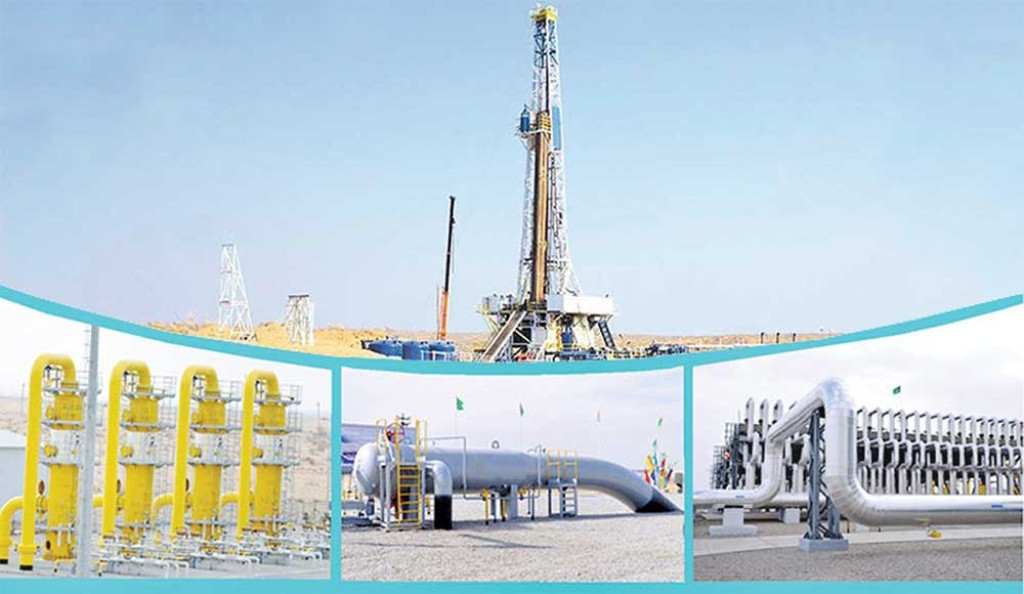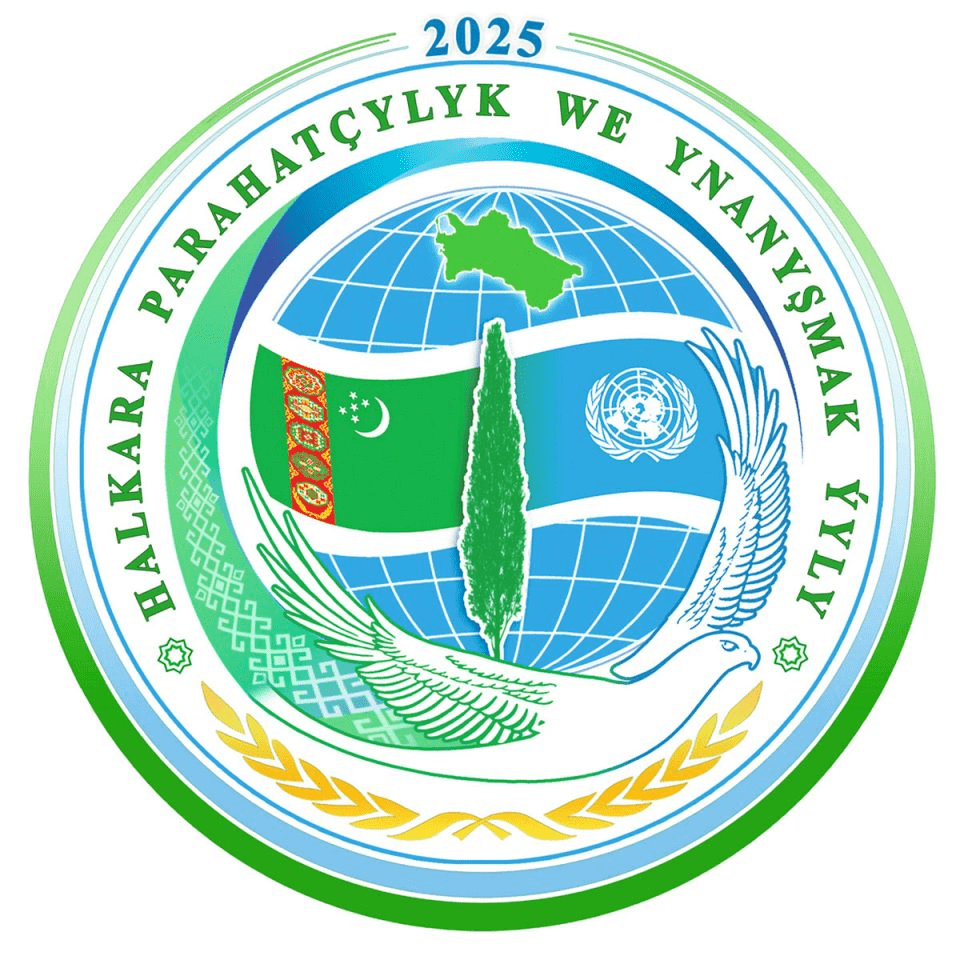
The history of oil extraction in the western part of Turkmenistan traces back to ancient times. The eastern coast of the Caspian Sea has long been renowned for its oil resources. Historical chronicles from the 17th century mention oil wells and the transportation of extracted oil to foreign markets. In the 19th century, Turkmen oil was poured into wineskins made from cattle hides, loaded onto camels, and delivered to the markets of major cities in India, the Arab states, Iran, and Europe. The method of manually digging wells and extracting oil at the Cheleken and Nebitdag fields continued until the end of the 19th century.
In the early 20th century, oil production on Cheleken developed rapidly, while no work was conducted at the Nebitdag field. The main reason was that one side of the field was covered by the vast sands of Barsagelmez, and the other by the salty marshes of Babahojy. These natural conditions severely complicated operations. In his memoirs, Russian geologist K. Kalichkin noted that it took him three days to reach the heights of Nebitdag with a caravan.
After the construction of the railway, the need arose to increase oil production volumes. As a result, the first five wells were drilled. In 1911, while drilling well Simonov-3, oil mixed with gas surfaced under natural pressure through the casing column. Most wells drilled in the northern part of the Nebitdag elevation were unproductive. Some yielded 500–600 poods (approximately 8–10 metric tons) of oil per day. This led to the conclusion that the wells at the Nebitdag field needed to be deepened.
On January 25, 1922, the Turkmenistan Oil Administration was established. The restoration of existing wells and the development of new ones at the Cheleken and Nebitdag fields began on a large scale only after 1924. At the beginning of 1925, the Turkmenneft Trust was founded on Cheleken. It included the Cheleken oil and ozokerite production site and 19 oil depots located throughout Turkmenistan. During the restoration of oil fields, there was a critical shortage of specialists with higher, technical, and vocational education.
Between 1924 and 1932, operations at the Cheleken and Nebitdag fields proceeded at a fast pace. This was largely driven by the scientific conclusions of Academician N. Gubkin and his colleagues, who confirmed the presence of significant oil reserves in Western Turkmenistan. In 1930, the gushing of the 11th well at the Nebitdag field, along with the high productivity of wells No. 19, 24, and 12, confirmed the great potential of the field. Significant contributions to the expansion of operations were made by Khojamammed Gulatarov, Anna Gulzhanov, Gurban Shirin, Satlyk Odayev, Bayram Allaberdiyev, Gurbandyaz Chopanov, and others. Among the veteran oil workers, special mention must be made of the first female oil worker in Turkmenistan and honored oil worker of the country, Nursoltan Berdyeva.
After finishing high school, I started working as an ordinary laborer at the first oil production site of the Nebitdag field. During that time, I had the opportunity to work with many experienced oilmen. Among them was Nursoltan-dayza, a person of open heart and exceptional human qualities.
Drilling of the first exploratory well at the new Goturdepe oil field and in Barsagelmez was entrusted to drilling master Refkat Idrisov, and the second to Hero of Labor Satlyk Odayev. Deepening of the wells was carried out under very difficult conditions. In 1962, the second well reached a 20-meter-thick sand-clay oil-bearing formation, which caused heavy losses of drilling mud. This created a risk of the well walls collapsing. Fearing the loss of the well, specialists decided to halt drilling and proceed with the development of the depth already reached.
On December 7, 1962, during a test, 120 tons of pure oil per day were obtained through gushing production. Following this, several productive wells were drilled, and a new third oil production site was established as part of the Nebitdagneft Oil and Gas Production Department.
Today’s development stage of the oil and gas industry is based on modern technologies. In the era of the Revival of a new epoch of a powerful state, deep respect is paid to the veterans who, without sparing their efforts, worked in harsh natural conditions, discovered new oil fields, and contributed to the growth of the oil sector.
Balkan SHYKHYYEV
Lecturer at the Balkanabat Secondary Vocational Oil School of the State Concern "Türkmennebit"
Source: Türkmenmetbugat



